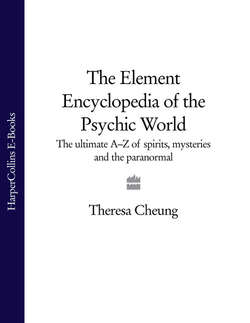Читать книгу The Element Encyclopedia of the Psychic World: The Ultimate A–Z of Spirits, Mysteries and the Paranormal - Theresa Cheung, Theresa Cheung - Страница 58
ARCHETYPES
ОглавлениеPsychiatrist Carl Jung first used this term in 1919 to refer to apparently universal images that are inherited from our ancestors. Archetypes are unconscious instinctual patterns or mental images that are passed down to us all but are modified according to individual experience. Interpretations of archetype images have been applied to many fields, such as past-life therapy, psychotherapy, Tarot, women’s studies, mythology, astrology, the healing professions and even sales and marketing.
According to Jung, archetypes are unlimited in number and created by the repetition of experiences that are imprinted on the psychic mind. When a situation occurs that corresponds to an archetype, the archetype is triggered and instinct takes over. God, death, birth, power, magic, the sun, the moon, the wind, animals and the elements are all archetypes, as are the figures of the hero, the lover, the judge, the child, the mother and the father. Archetypes develop and change as an individual grows and encounters new situations. Archetypes communicate with the conscious mind, and it is possible to gain insight into oneself by paying attention to the archetypal forces in one’s life. Jung believed that archetypes were psychic forces that demand to be taken seriously: if neglected they could lead to compulsion, neurosis and illness.
Jung thought that the existence of archetypes could be proved through dreams and through imagination, and by understanding your dreams you learn what you need to move forward with your life.
